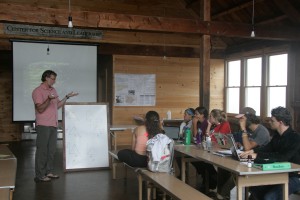Bowdoin Community – take the Coastal Studies Shuttle Fridays this fall.
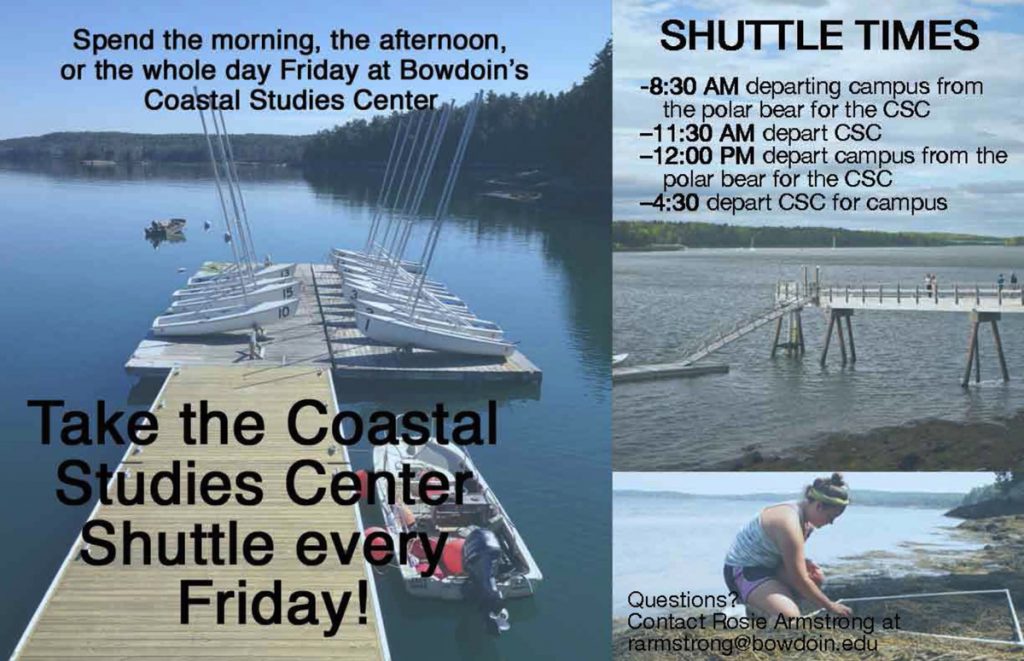
Bowdoin Community – take the Coastal Studies Shuttle Fridays this fall.

Students and professors at Bowdoin take advantage of High Performance Computing resources available at Bowdoin.
https://confluence.bowdoin.edu/display/IKB/High+Performance+Computing+in+Marine+Biology
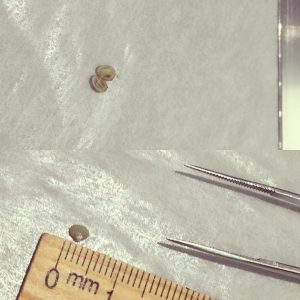 Alana Luzzio, ’17, is featured on the Bowdoin website for her research on Gulf of Maine bivalves. Luzzio is working in collaboration with both Dr. Sarah Kingston and Dr. David Carlon on her project. (photo, right: S. Kingston)
Alana Luzzio, ’17, is featured on the Bowdoin website for her research on Gulf of Maine bivalves. Luzzio is working in collaboration with both Dr. Sarah Kingston and Dr. David Carlon on her project. (photo, right: S. Kingston)
http://community.bowdoin.edu/news/2016/09/assessing-impacts-of-climate-change-on-gulf-of-maines-bivalve-population/
As dusk falls over Hurricane Sound, the yellow glow of a late September supermoon peeks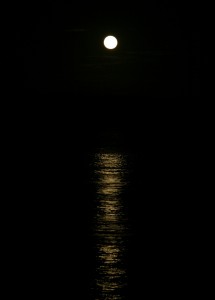 above the silhouetted pines of Green’s Island. The water between Green’s and Hurricane starts to shimmer in the growing moonlight. The wind picks up slightly, floating over small snippets of conversation from the canteen. I glance aside at the solar-powered aura of the central community building; a warm chocolate brownie is calling my name, but I linger another moment in the spectacle of the enormous rising moon.
above the silhouetted pines of Green’s Island. The water between Green’s and Hurricane starts to shimmer in the growing moonlight. The wind picks up slightly, floating over small snippets of conversation from the canteen. I glance aside at the solar-powered aura of the central community building; a warm chocolate brownie is calling my name, but I linger another moment in the spectacle of the enormous rising moon.
We are visitors on Hurricane Island for a few autumn days as part of the Bowdoin Marine Science Semester. We, students and teachers, are here taking advantage of the unique setting and resources on this small treasure in Penobscot Bay. Although we traversed the few miles of sound between Rockland and Hurricane in beautiful sunlight and fair seas, we wake on our second day to a cool morning filled with foggy mist. We are aiming to make the low tide in the early light to collect data on intertidal transects we installed in collaboration with the Hurricane Island Foundation in 2014. These transects are marked with anchors in the form of small bolts drilled directly into the very granite so intertwined with Hurricane’s history.
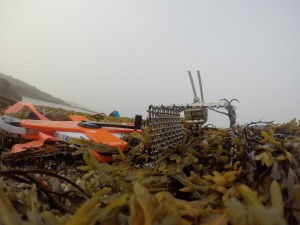
Each year, we return with a new set of students to count the organisms living along these lines in low, mid, and high portions of the intertidal zone. Bowdoin Marine Science Semester students learn to identify all the usual suspects – species of macroalgae like Ascophyllum nodosum, Fucus vesiculosus and F. distichus, the periwinkle snails Littorina littorea,
L. obtusata, and L. saxatilis, the predatory dogwhelk Nucella lapillus – and rare interlopers like the arctic boring clam Hiatella arctica. Each cohort in the Bowdoin Marine Science Semester collects data for long-term monitoring of the changes in these intertidal communities as the waters of the Gulf of Maine change.
Two students are busy leaning over a small, white, PVC square called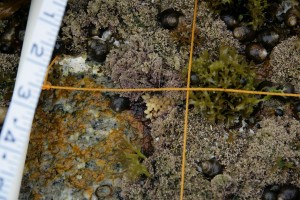 a quadrat which they use to count critters along the transect. They discuss what species of algae they think they have found before confirming with one of the instructors. Lobster boats blink in and out of the ephemeral fog like diesel powered ghosts. Our small army of green muck boots splashes in and out of the waves as we hop from point to point along our transects.
a quadrat which they use to count critters along the transect. They discuss what species of algae they think they have found before confirming with one of the instructors. Lobster boats blink in and out of the ephemeral fog like diesel powered ghosts. Our small army of green muck boots splashes in and out of the waves as we hop from point to point along our transects.
“Have you counted at the 60 foot mark yet? There is a huge crevice full of dogwhelks.”
“Yes, there are so many in there! An array of stripes and colors. . .”
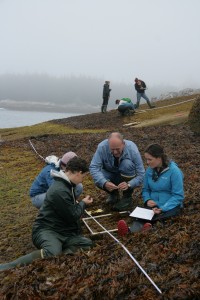
The students chatter back and forth about the unique assemblages they are observing, and how they change from the point nearest the water to the more exposed areas.
As the sun climbs from the horizon, the fog patches dwindle and the air begins to warm. We finish our data collecting, reorganize our gear, admire the wind bent trees of Two Bush Island now fully awash in golden fall sunlight, and head back to warm up with tea, conversation, and some dry socks.
–Sarah Kingston, Doherty Marine Biology Postdoctoral Scholar
